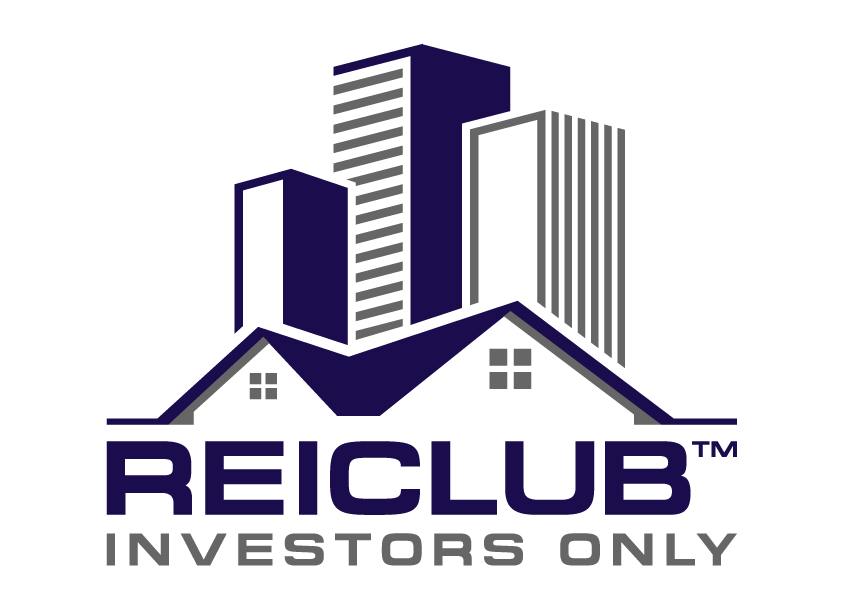The Journal of Commerce-Economic Cycle Research Institute index of global industrial prices moved into positive territory for the first time in almost a year in its most recent week, signaling an improvement in global demand for the raw materials that go into industrial production, The Journal of Commerce reported.
The Industrial Price Index, based on the daily prices of raw materials used in industrial production, ended the week of July 24 more than 3.3 percentage points higher than the previous week, reaching 86.1637, the highest point for the IPI has since Oct. 24, 2008.
The gain marked a 4.54 percent improvement over the index's average over the previous 52 weeks, the first time the IPI has grown since the first week of Aug. 8, 2008, shortly before the onset of a steep decline in world financial markets.
“That's a pretty dramatic recovery when you consider that we were at minus 69.9 percent on Dec. 8,” said Lakshman Achuthan, managing director of ECRI, the New York-based economic forecasting firm that compiles and tracks a number of leading indicators for economic activity around the world.
“That's very consistent with the restarting of global industrial activity. In some cases that's associated with an outright upturn in the business cycle of some economies,” he said.
The upturn is occurring in the United States and Asia, excluding Japan and the United Kingdom, he said. “The industrial upturn is now being joined by a broader economic recovery,” Achuthan said. “But in continental Europe and Japan, the recovery is not yet in clear sight.”
The IPI has fluctuated in the low 80s since June 5, and after two weeks of downticks, the index moved up 3.33 points to its 2009 high of 86.1637 for the week ending July 24.
The JoC-ECRI Industrial Price Index was created in 1985 by Geoffrey H. Moore, the economist who pioneered the study of business cycles at the National Bureau of Economic Research, and is based on the prices of 18 industrial commodities that are tracked by the index that is compiled every weekday by The Journal of Commerce and ECRI.
In addition, half the commodities in the index are not “exchange-traded” commodities, which means their prices are not established on the floors of any of the world's commodity exchanges. This serves as a reality check on the prices of the other half, so the index cannot be skewed if a hedge fund or a speculator tries to manipulate the price of a commodity.




We love your feedback and welcome your comments.
Please post below: